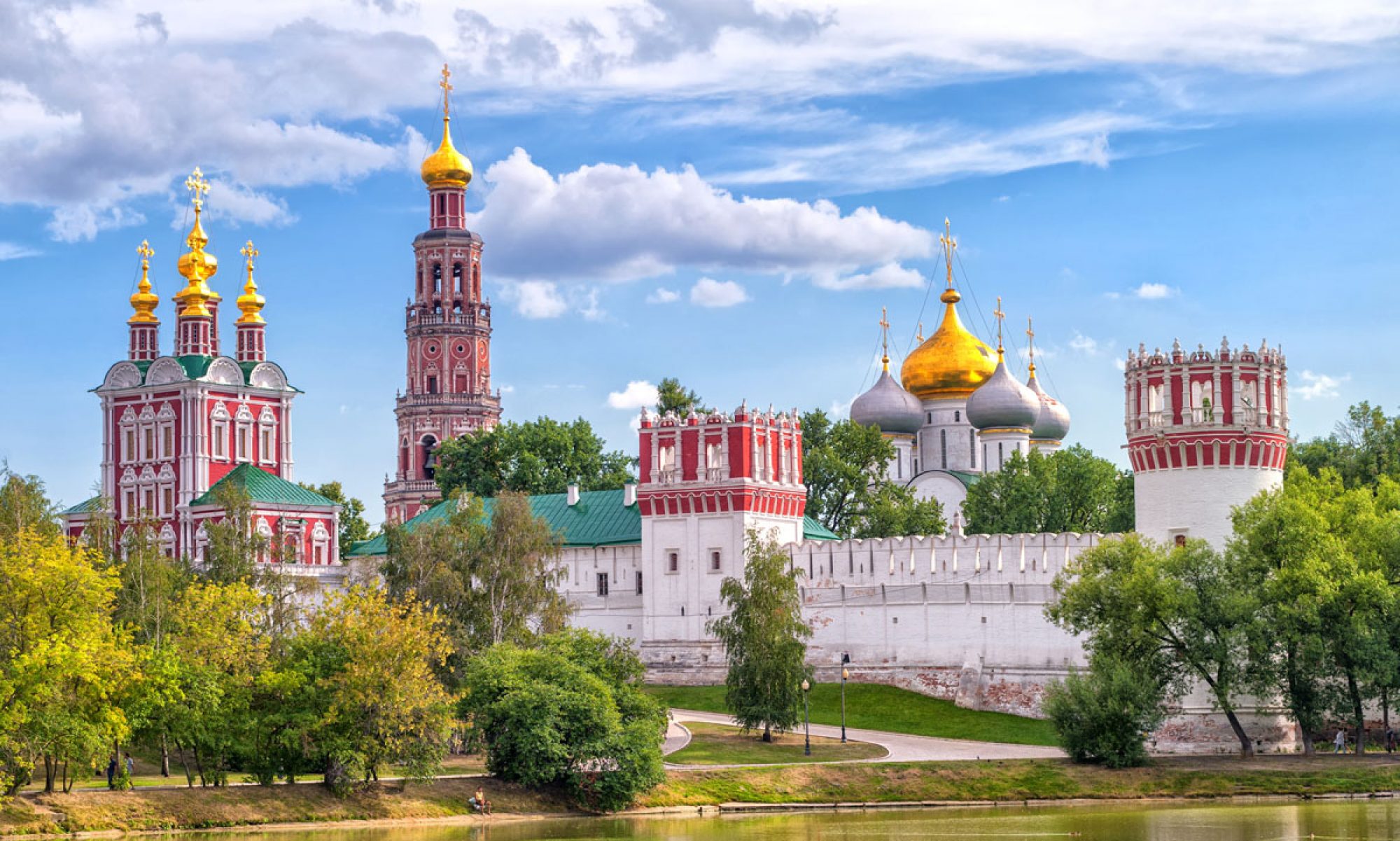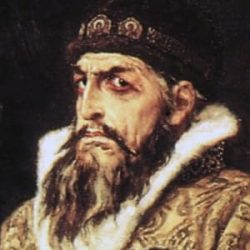Leading up to the emancipation of serfs the economic state of Russia was extremely uneasy at best. The poor economic state heavily affected the decision to emancipate the serfs due to several reasons. Primarily, the growth of the manufacturing state of Russia which meant that nobles needed available funds to participate within the economic sphere. This largely led to the gentry being divided into those who were investing in the market and or had excessive wealth or those who did not invest and had limited funds available. This largely led to a vast amount of cash broke nobles. Who would either not be able to maintain their noble lives and would go into a deep debt or would attempt to squeeze the money out of their serfs. As most serfs communes did not have the money to pay off their landowners debts this led to a lot of unrest and uprisings. Prior to emancipation of serfs there was over 1,467 serf uprisings within the nineteenth century. Additionally, as the serfs became buried underneath the weight of their landowners debts with no hope of an income of their own they became lethargic and had little desire to improve themselves or work harder. This led to Russia struggling as a manufacturing state as it largely relied on the labor of serfs who did not want to work hard due to their circumstances.
The issue of serfdom was finally addressed in 1861 by Alexander II with the Emancipation Manifesto. Within this document Alexander outlines how the emancipation will take place. He states that the full emancipation will occur within two years and will result in the land that the serfs live on and that the landowners own being split into two. The serfs being required to pay off the cost of the land will then be free of all obligations to the land owner. However, what is most interesting about this document is Alexander’s desire to to show how this was the desire of the nobles. Throughout the piece Alexander makes several references as to how the nobles are willing giving the serfs their freedom saying, “Russia will not forget that the nobility, motivated by its respect for the dignity of man and its Christian love of its neighbor, has voluntarily renounced serfdom, and has laid the foundation of a new economic future for the peasants.” This clearly shows Alexander’s desire to distance himself from the decision to emancipate the serfs. Alexander continues this dialogue by stating that, “the nobility voluntarily renounced its right to own serfs.” It becomes increasingly clear that he must be using this language as an attempt to not upset the nobility as this will already be a hard blow for them.
However, within the documents from the Supplication to Revolution we see clearly that this is not a simple transition. Within this piece we see several documents written by the peasants to those in power begging for assistance in the distribution of land. We see how the landowners used this as an opportunity to grab better land for themselves. We see several examples of also landowners taking what is not theirs. An example would be how Mrs. Naryshkina stole the mill from the serfs who constructed it as well as paid for it. This was in addition to taking the better portions of the land and taking land that was not her property. It also becomes clear throughout these documents that the serfs were then punished for complaining about their stolen land.
Contrary to the “Emancipation Manifesto”, in “Picturing Russia”, the Lubki strongly represented the importance of the Tsar and his initiative to free the serfs. This form of public art was a mode of communication with the mostly illiterate serfs. The deeply grateful peasants present beneath Alexander II relate their harsh lives through their expressive appearance, while the Tsar takes on a stern, impassive profile, which can underline his obligation to the state, also as well as the peasants who are seen in these frames. The Lubki of Emancipation convey new found hope for freedom the peasants may one day possess.
Questions:
- The third paragraph in the “Emancipation Manifesto” on page 307, given Alexander II’s reasoning for emancipating the serfs (because the nobles neglected their moral duty as the protector of the peasants), do you think this would be accurate considering on pg. 172 of the “Supplication to Revolution” document the writer details the change in the attitude of his landlords. What does this say about the priorities of the nobles?
- Considering the priorities of both the serfs and the landlords, do you think the conflicts which arose after declaring emancipation were inevitable considering the nature of serfdom or that the Tsar didn’t implement enough restrictions on the nobles to prohibit duress of the serfs. Even if the Tsar would have put greater restrictions on the landlords, would it have assisted the serfs. Look at the bottom of page 178 and top of 179 in “From Supplication to Revolution”.
- How does Alexander II give credit to the past Tsars for implementing serfdom reforms. Look at the top of page 308 on emancipation of serfdom.
- When serfdom was established, the idea was to have the gentry be the peasants’ patriarch in order to help them survive, as Alexander II states in the “Emancipation Manifesto” document. He says the theory of serfdom was well-intended, but the landlords lost their moral sense of duty to the peasants. Does this help establish that the Tsar is the savior and patriarch to the peasants, and how is this exemplified in the lubki (illustrations of Russian culture, sovereignty, tradition, etc. made for public viewing).
- How does both Lubok images express what it means to be a Tsar and the role of peasants in society.
- In “From Supplication to Revolution” pg 175 the first paragraph, what effect does the writer achieve telling Alexander II “permit us to be called state peasants”.
- Looking at the Emancipation Manifesto why does Alexander choose to claim that this was done through the will of the nobles? Why does he not choose to use this moment to make himself into a hero who frees the serfs?
- Contrast the Lubok images with the Emancipation Manifesto. How do they portray two conflicting ideas? The Lubok images demonstrating the serfs parsing the Tsar for their emancipation and the Emancipation Manifesto where Alexander downplays his role in the reforms.
- The Emancipation Manifesto makes it seem that there were several intercepting issues that resulted in the emancipation of serfs with an emphasis given to morality issues. However, is it possible that this decision was purely made for economic reasons?
- In the piece within From Supplication to Revolution we see several examples of the serfs suffering due to the dividing of the land. As well as them paying for the land which they have worked on and paid rent for for years. Should not the state have just divided the land and given it to them as they had technically paid for it?
- As we see from the piece within From Supplication to Revolution the serfs are still clearly regarded as second class citizens. This is very apparent on page 177 when the peasants are tortured for complaining. Is it possible that this did not socially benefit the serfs?

